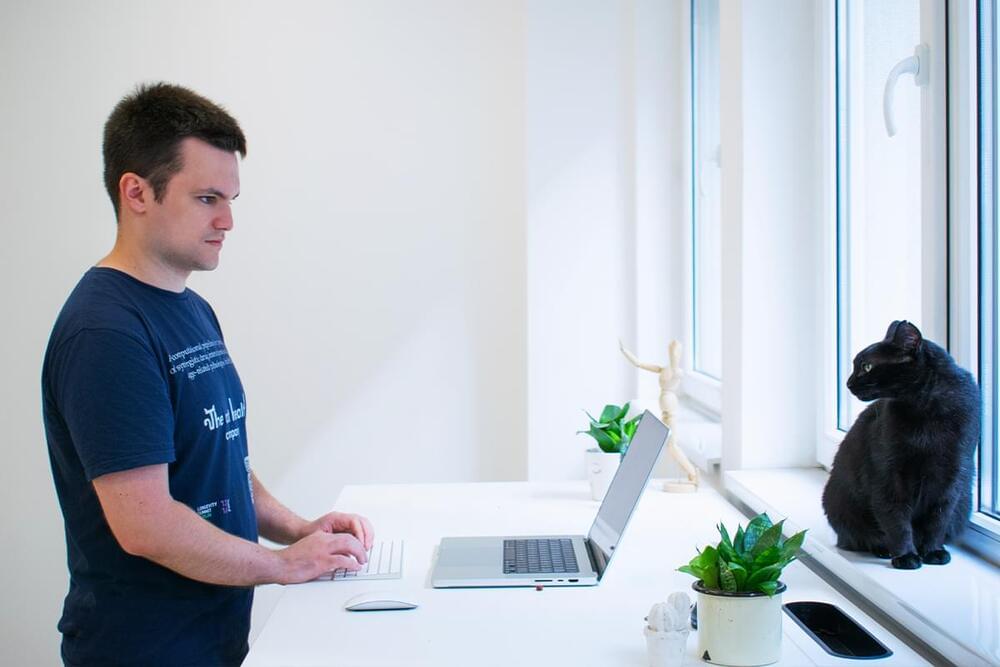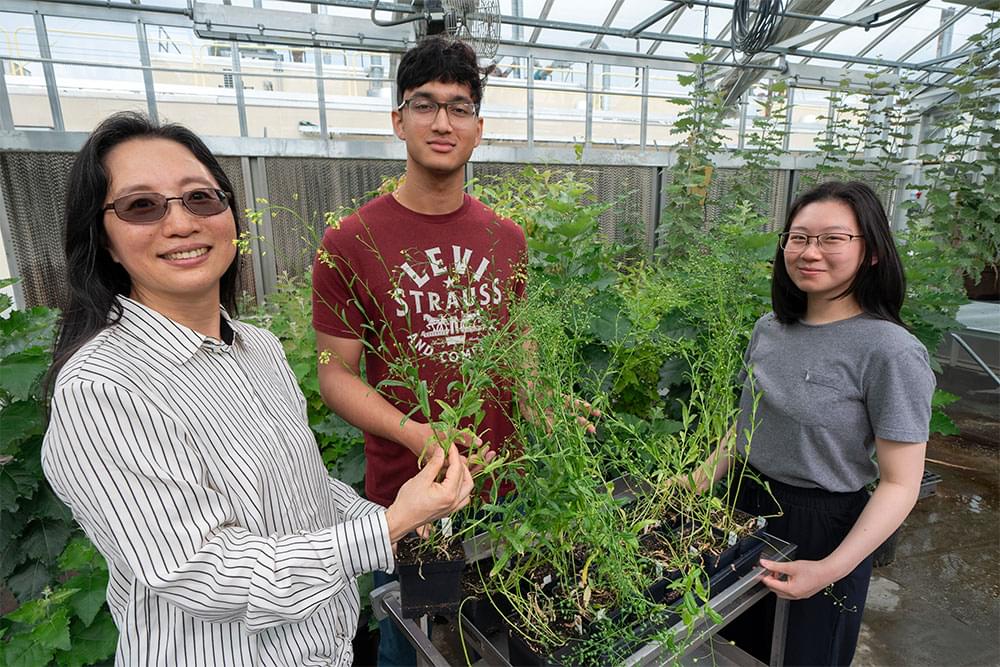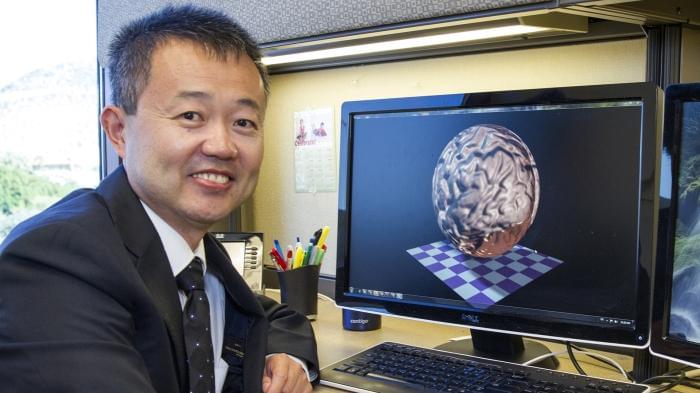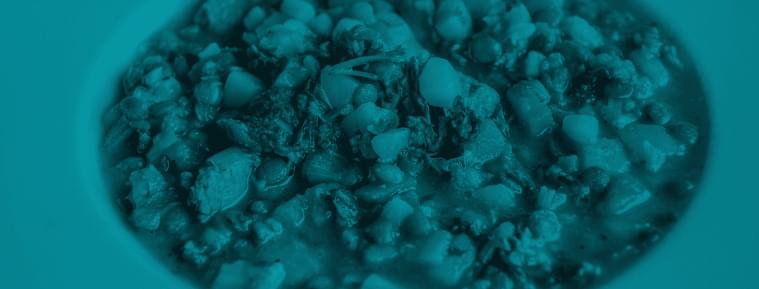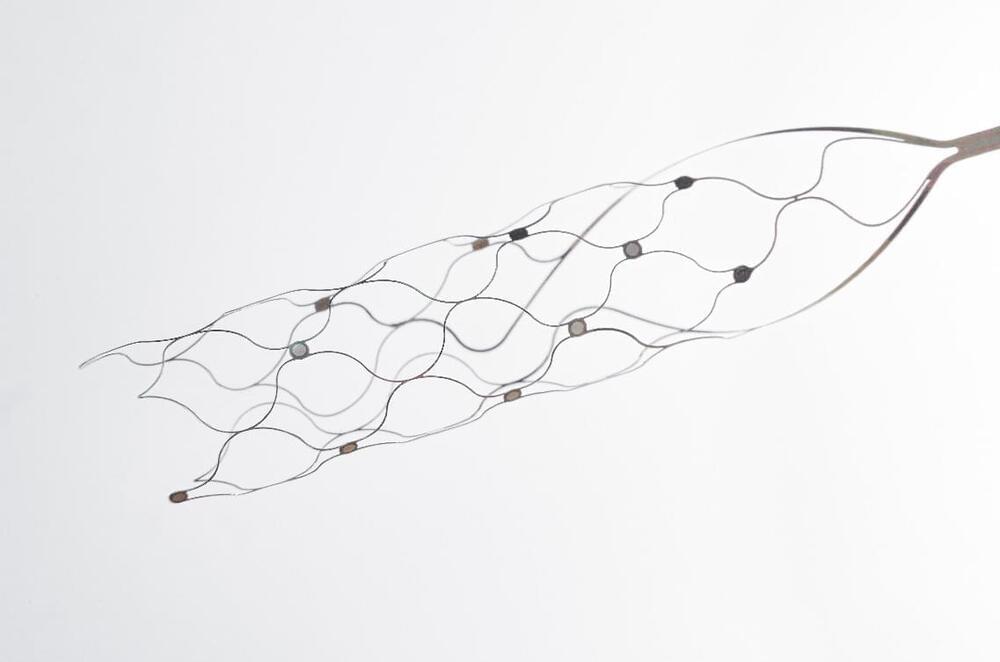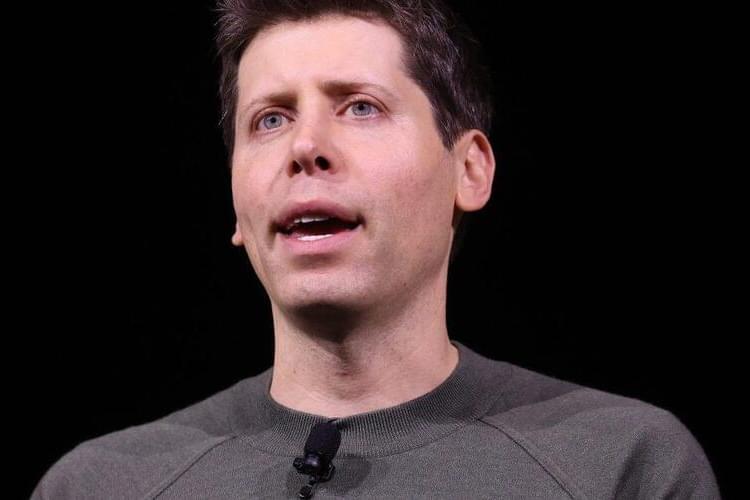Oct 3, 2024
Purr-suing feline longevity with data-driven research
Posted by Shubham Ghosh Roy in categories: biotech/medical, life extension
Last week we reported that The Cat Health Company had closed its pre-seed round and is now moving towards identifying and developing new therapeutics for age-related diseases in cats. As the pet longevity field continues to gather momentum, The Cat Health Company aims to join companies like Loyal and Arterra at the forefront of this movement. Founded by Alex Bacita and Alex Voda, the Bucharest-based company is not only focused on improving the lifespan of our feline friends but also on enhancing their overall quality of life by targeting the underlying mechanisms of aging.
Longevity. Technology: Pet longevity is becoming a growing area of interest for both researchers and consumers; as owners increasingly seek solutions to extend the healthspan of their pets, demand for scientifically backed innovations has grown, and it is a trend that mirrors the rising popularity of similar human-focused longevity research, signaling a shift in how we approach aging across species.
We sat down with Alex Voda, cofounder of The Cat Health Company, to discuss the future of feline longevity and how TCHC plans to turn cutting-edge research into practical treatments for the cats we cherish.
